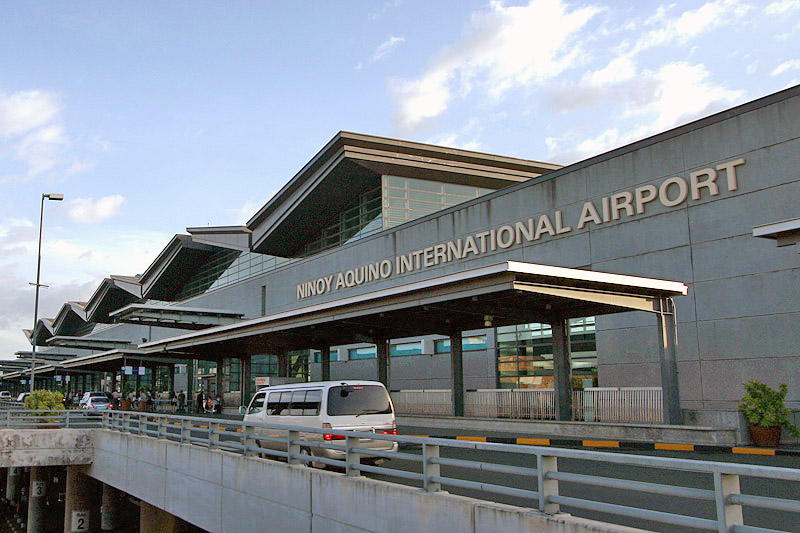MANDALUYONG CITY, November, (PIA) – – The Department of Health (DOH) reiterated its call to manufacturers and retailers of tobacco products to follow the Graphic Health Warning’s (GHW) Law or face the consequences.
The law is now on its full implementation and monitoring teams are now being formed in the National Capital Region (NCR) for deployment.
“We already gained so much from our serious efforts to control tobacco use in the country. With the Sin Tax and the GHW laws, we believe that many Filipinos will hesitate if not stop smoking altogether,” Health Secretary Paulyn Jean B. Rosell-Ubial earlier said. The Health Secretary cited Administrative Order No. 2014-0037 as a clear basis of the date of implementation requiring “graphic health warnings on cigarette packages and other tobacco product packages one (1) year after the issuance of the templates by the Department of Health.” The templates was issued last November 2015. Under the law, printing of GHW should occupy fifty percent (50%) of the principal display surfaces of any tobacco products and shall occupy fifty percent (50%) of the front and fifty percent (50%) of the back panel of the tobacco package; and in four colors.
The full implementation started November 4 where it also stipulated that all tobacco products shall bear the graphic health warnings which show the ill effects of smoking. This is to warn people on the devastating effects of tobacco use and exposure to second hand smoke, and to remove misleading or deceptive descriptors like “low tar”, “light”, “ultra lights”or “mild” which convey that a tobacco product is healthier, less harmful or safer.
Administrative fines shall be imposed by the Department of Trade and Industry (DTI) for non-compliant packages or any violation of the GHW Law or Republic Act 10643. Proceeds of administrative fines shall be used for health promotion campaigns on tobacco control of the DOH and the Department of Education. According to the World Health Organization Bulletin, “taken as a whole, pictorial warnings are more likely to be noticed than text-only warning labels; more effective for educating smokers about the health risks of smoking and for increasing smokers’ thoughts about the health risks; and associated with increased motivation to quit smoking.”
Meanwhile, in the recent meeting of the Metro Manila’s Regional Tobacco Control Network(RCTC), spearheaded by DOH and Metropolitan Manila Development Authority (MMDA) and participated by member government agencies and civil society organizations (CSOs), local government units (LGUs) were encouraged to adapt the law, organize their own committee for a strengthened implementation towards a “smoke free Philippines.”
The conduct of the 2017 DOH Red Orchid Award was also announced. This is a program conceptualized by the government to combat tobacco use and to work for a tobacco-free environment. The Award is an annual search for the 100 % Tobacco-Free Environment covering government offices, hospitals and local government units.
The 2015 Philippine Global Adult Tobacco Survey (GATS) reported 1 out of 4 or 16.5 million adults currently smoke tobacco: 42% of men and 6% of women. This was 19% lower than the 29% smoking prevalence in 2009. (Philippine GATS survey). Tobacco use has been identified as the major contributor in cardio-vascular diseases, chronic obstructive pulmonary disease (COPD), diabetes and Cancer.
“We enjoin everyone to be vigilant and make sure that all tobacco products carry these pictorial warnings and that violators be reported to the respective government agencies. Above all, through these warnings, we want to inform everyone that smoking puts to waste human potentials,” Secretary Ubial concluded. (DOH, RJB/LFb/PIA-NCR)







